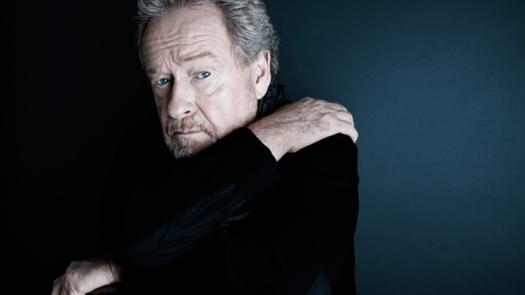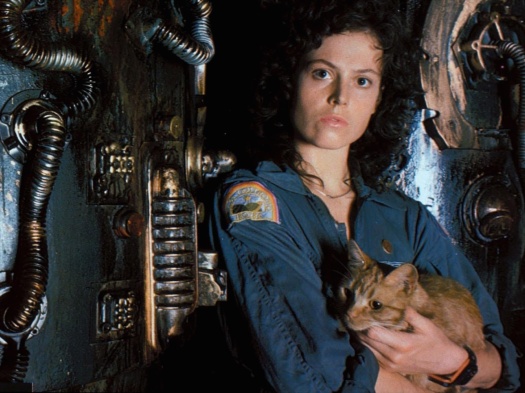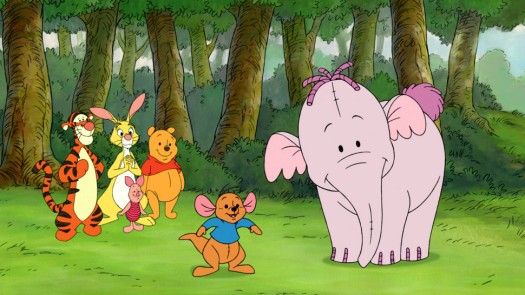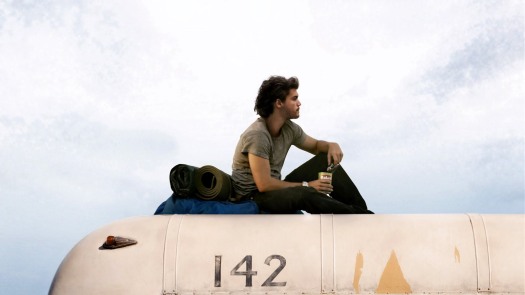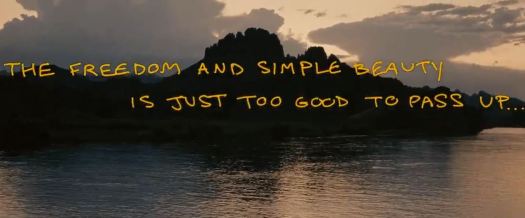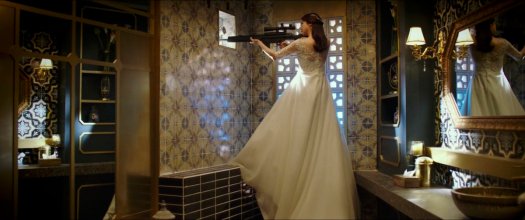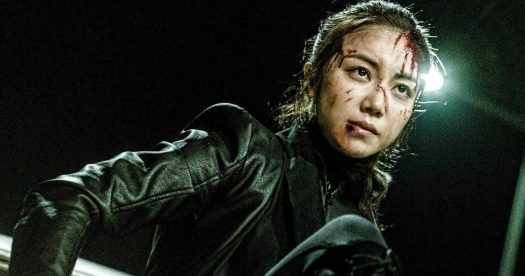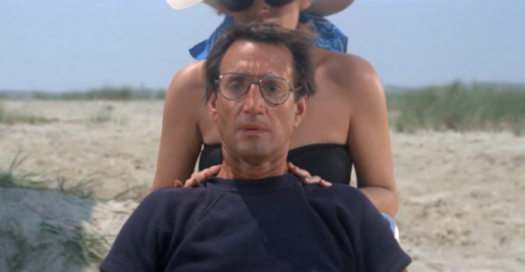Once photography had become an established art form during the 19th century, a drive emerged to capture moving image also. Lenses gradually became better and the first ever film is credited to Eadweard Muybridge, who discovered that upon treating a series of photographs of a horse cantering like a flipbook, the illusion that the horse was moving was created. Filming itself came into being when a camera was created that could take photos rapidly using a reel that rolled through it. Subsequently, it was brought to light that if someone was shown 16 individual photos a second, their brain would interpret them as movement. This was later upped to 24 photos to second, a frame rate used universally today.

Despite its small beginnings consisting of individuals experimenting with a camera, films became massively popular, and as there was money to be made, people the world over began a race of not only one-upmanship but to find a way to show it to an audience. What started as purpose-built theaters were supplanted worldwide by cinemas which showed a different film every week. Not only were reels massively expensive, they had to be delivered to cinemas due to the weight of miles of film. As a result of this, if you made a film you had to earn enough back through ticket sales to make the cost of the film itself viable.
By the late 1920s, television had been invented, caused by a desire to have the cinema in one’s home. This presented a challenge to cinemas the world over in that they had to persuade people to keep coming back, and so they strove to make the experience better than staying at home. While this can be considered an ongoing process, some of cinema’s most profound attempts at attracting an audience include changing the aspect ratio of the screen to produce a larger picture, improving sound systems, introducing 3D films and, most recently, receiving films digitally to ensure they can view them before television companies.
As cinemas themselves advanced, so too did their very lifeblood – films. Directors of the early 1900s breathed life into what we now consider everyday shots and edits, essential to story telling and engaging with the audience. Below are a series of firsts for the world of film.
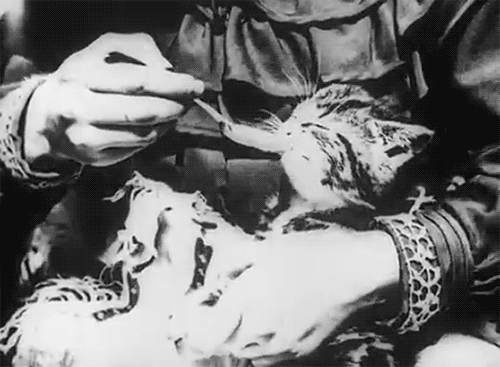
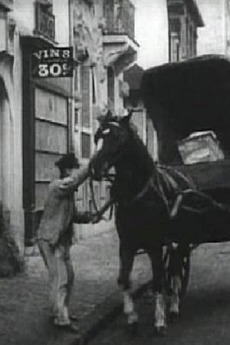
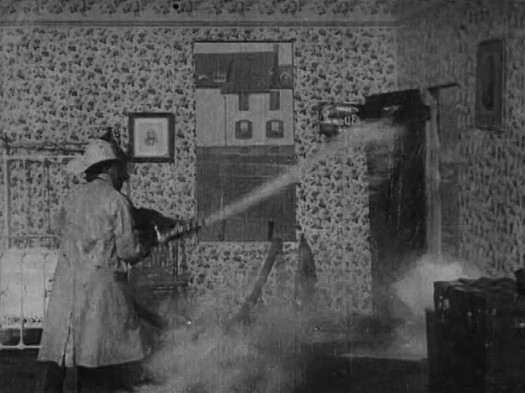
Now that it had the foundations on which to grow, film could only get bigger and better. Filmmakers began moving to Los Angeles during the early 1900s to get away from the strict rules imposed by Thomas Edison’s Motion Picture Patents Company. The MPCC was not only reluctant to release feature length films but made it difficult for independent filmmakers to debut due to its contract with Kodak, distributors of raw film. Consequently, Hollywood was created by immigrant Jewish entrepeneurs and became a hopeful place for many, with the ideal conditions in which to shoot films, whether these were Westerns or romantic classics.
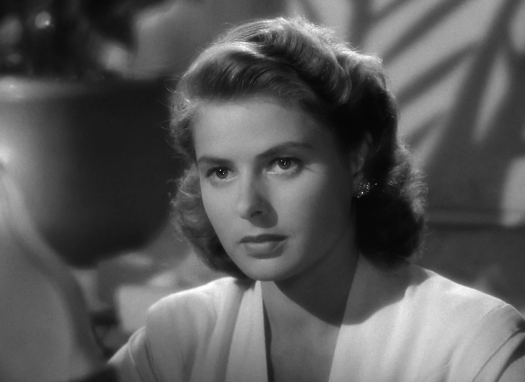
Whilst Hollywood gravitated towards glitz and glamour, others sought to prioritise realism over romance. Nanook Of The North (Robert Flaherty, 1922) was the first feature length documentary and followed the daily life of Nanook, a native Inuit, and his family. Director King Vidor tried to achieve something similar with his film The Crowd (1928), which depicted an everyman character in despair without romanticising it.
This wealth of ideas as well as techniques allowed for the variety and sometimes inspiration that we see in films today.

